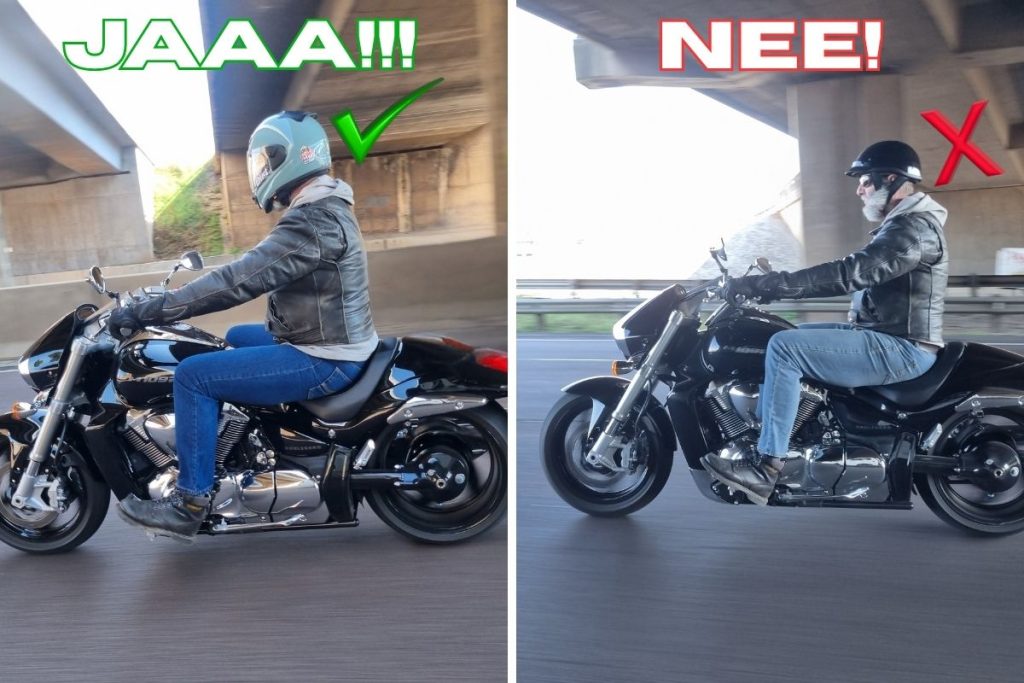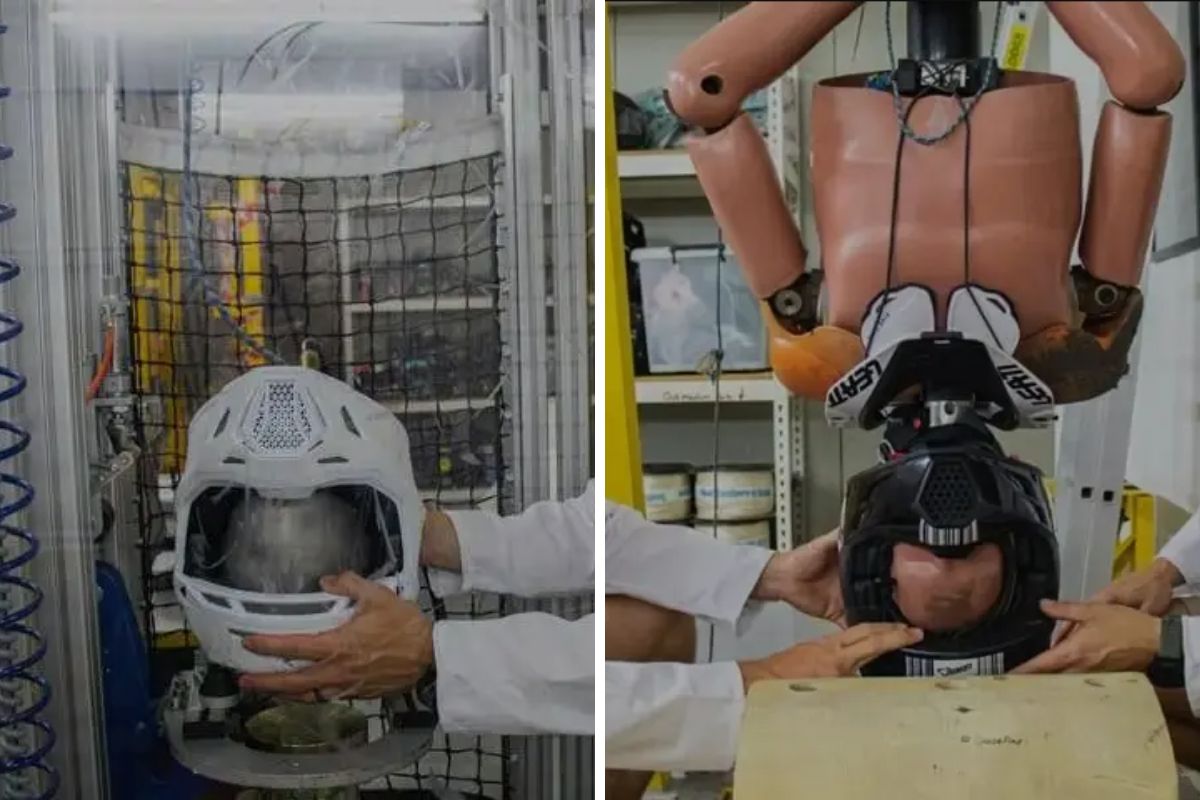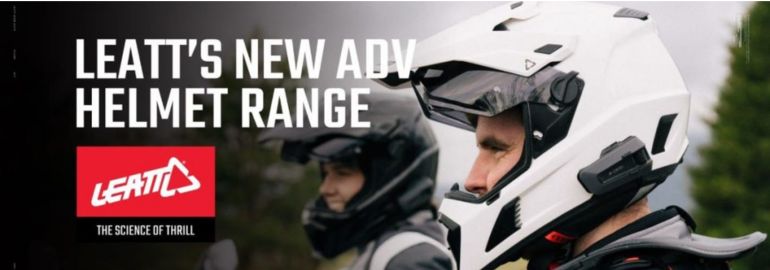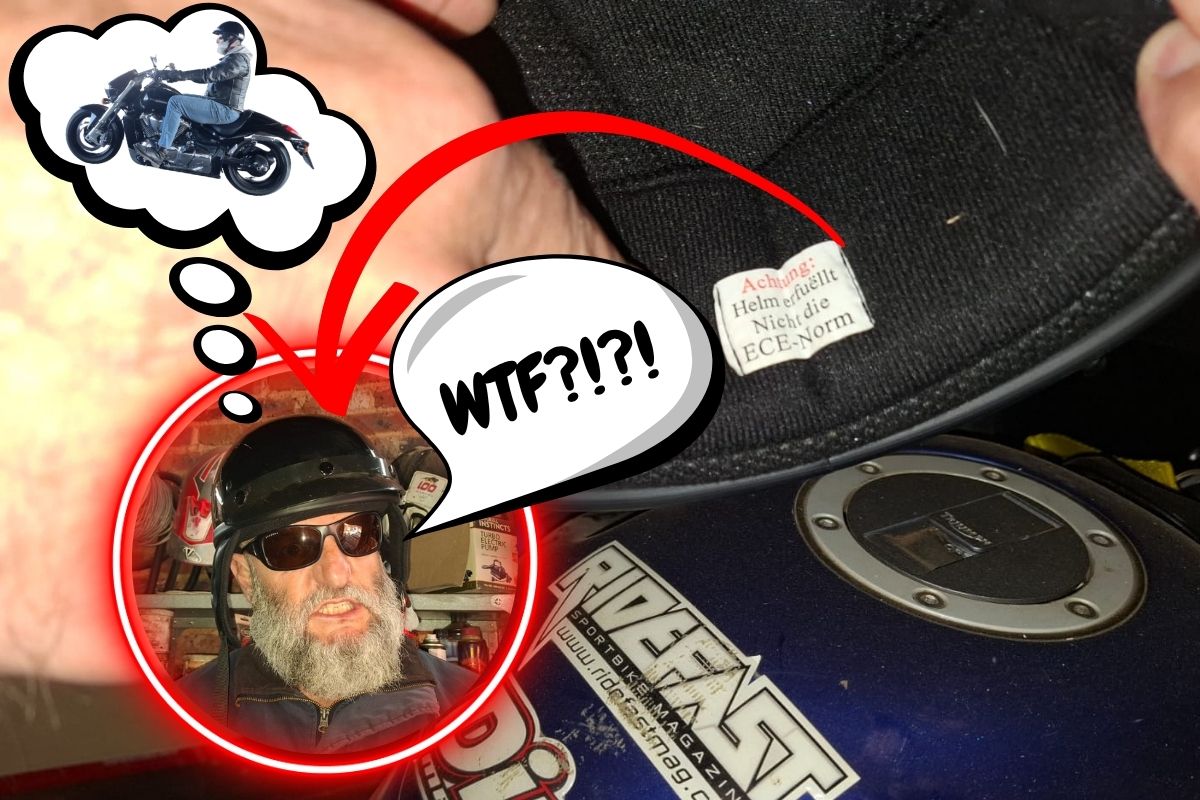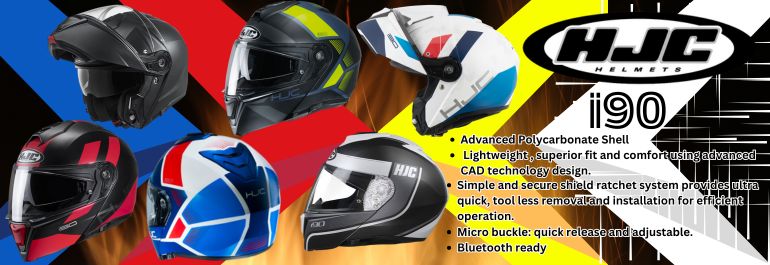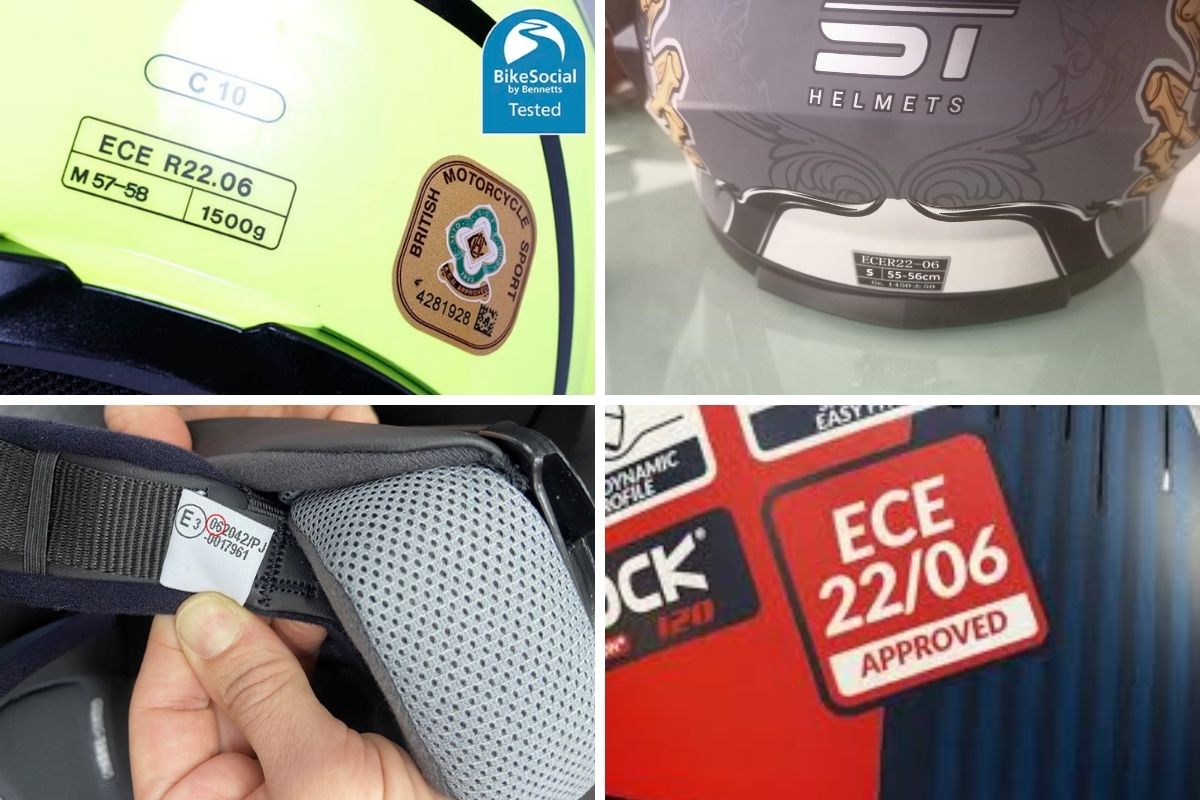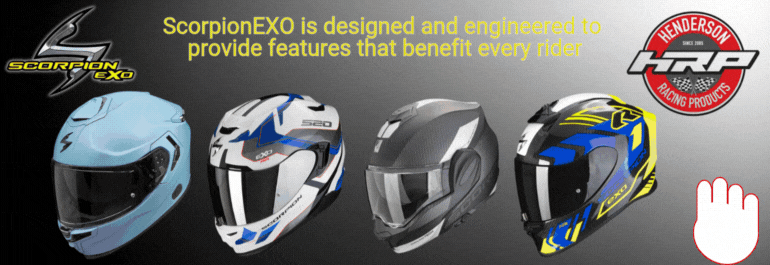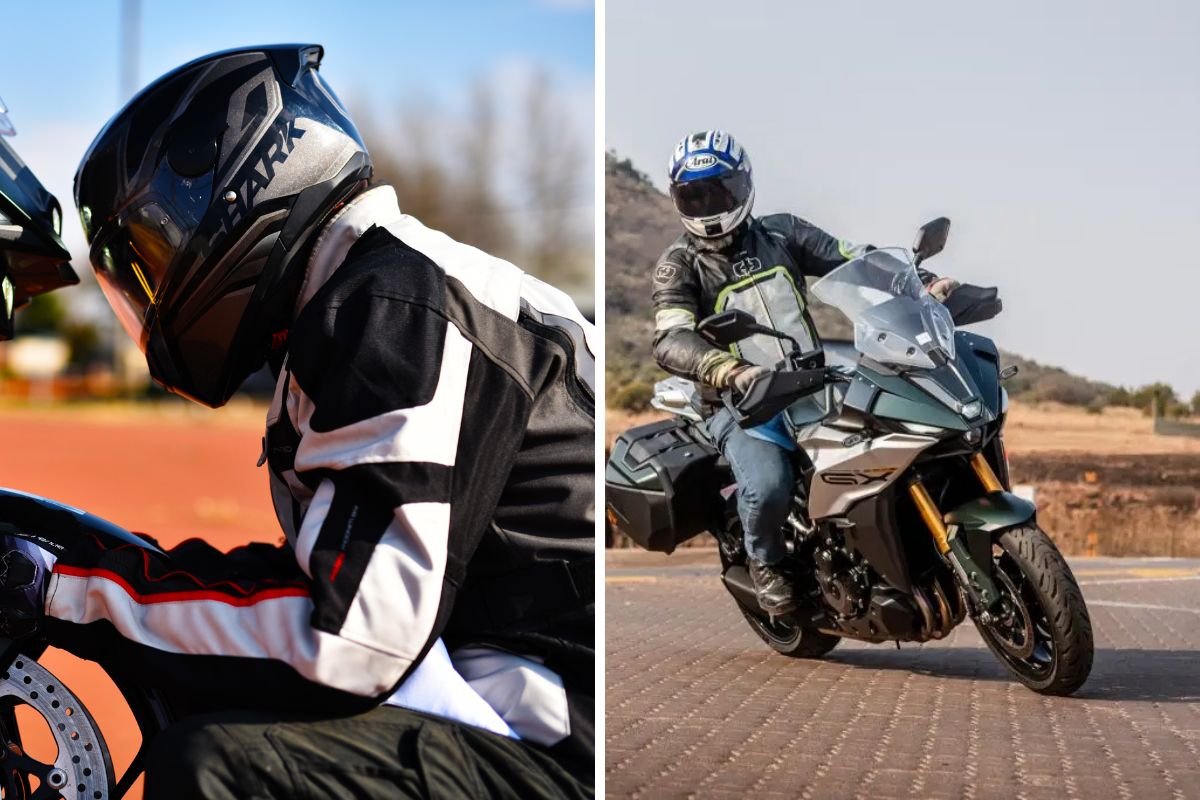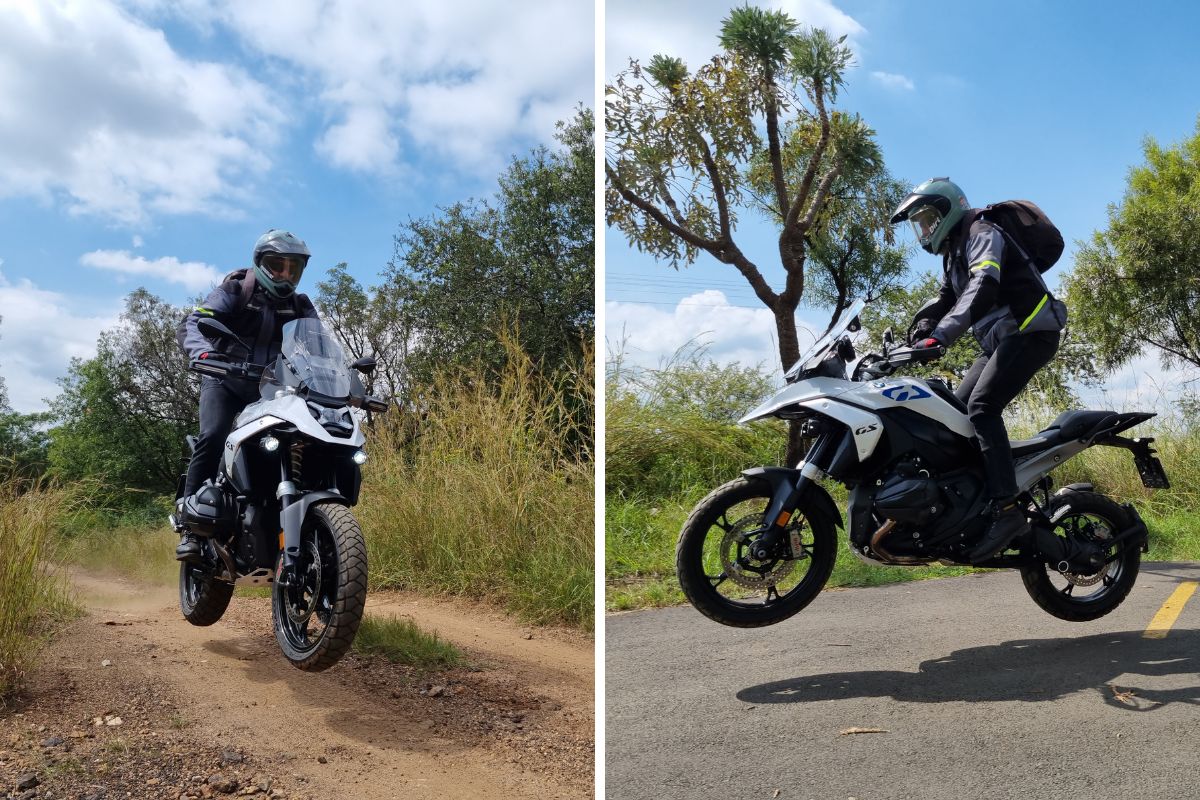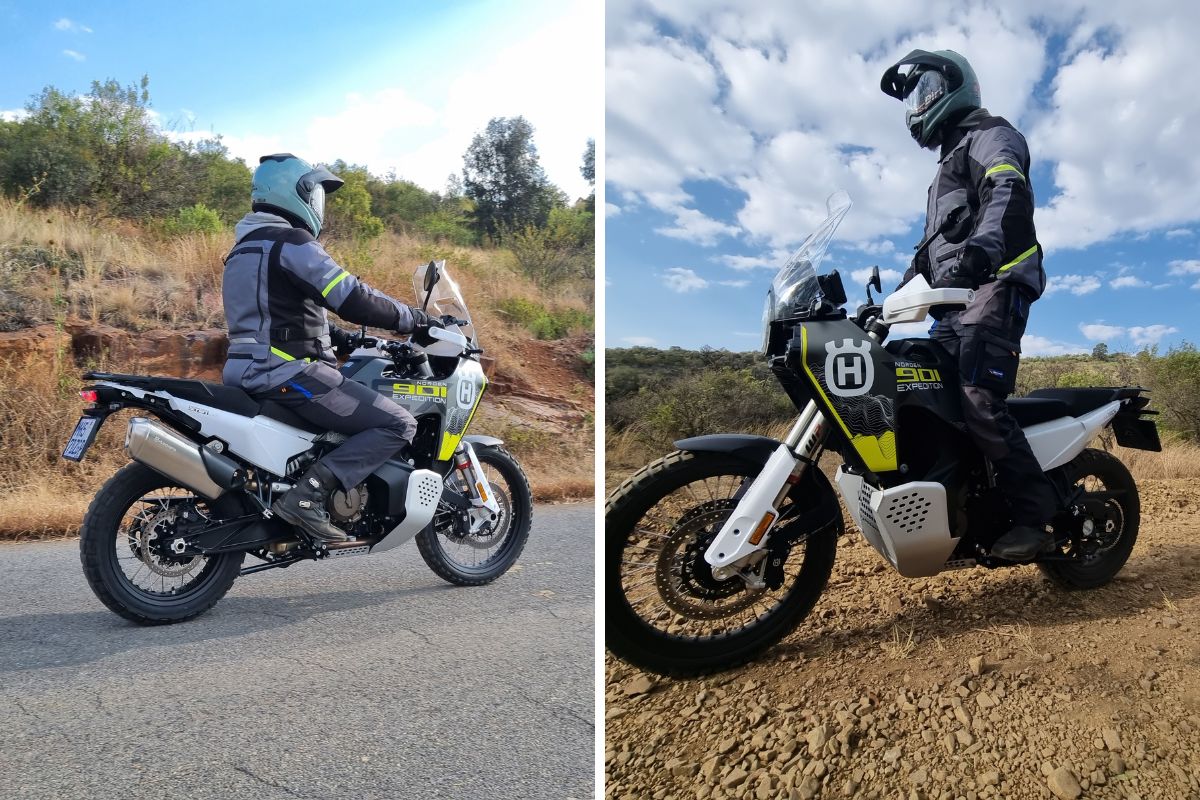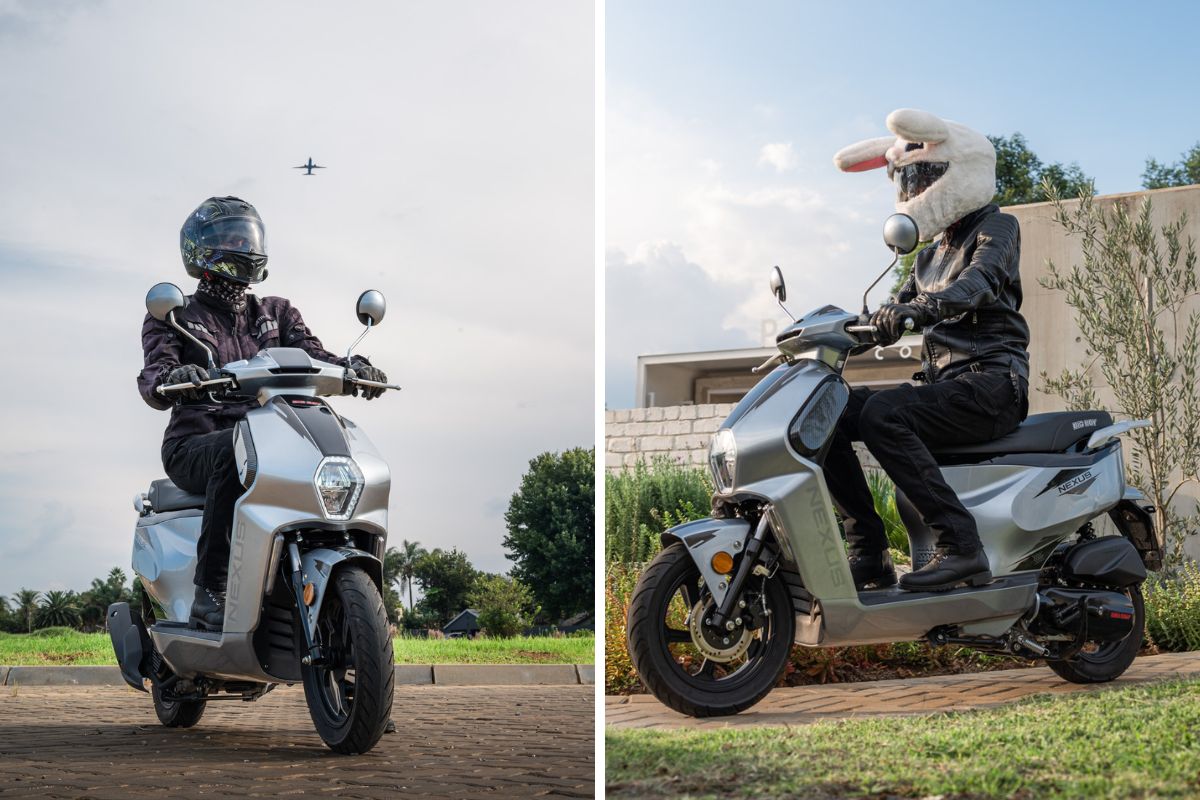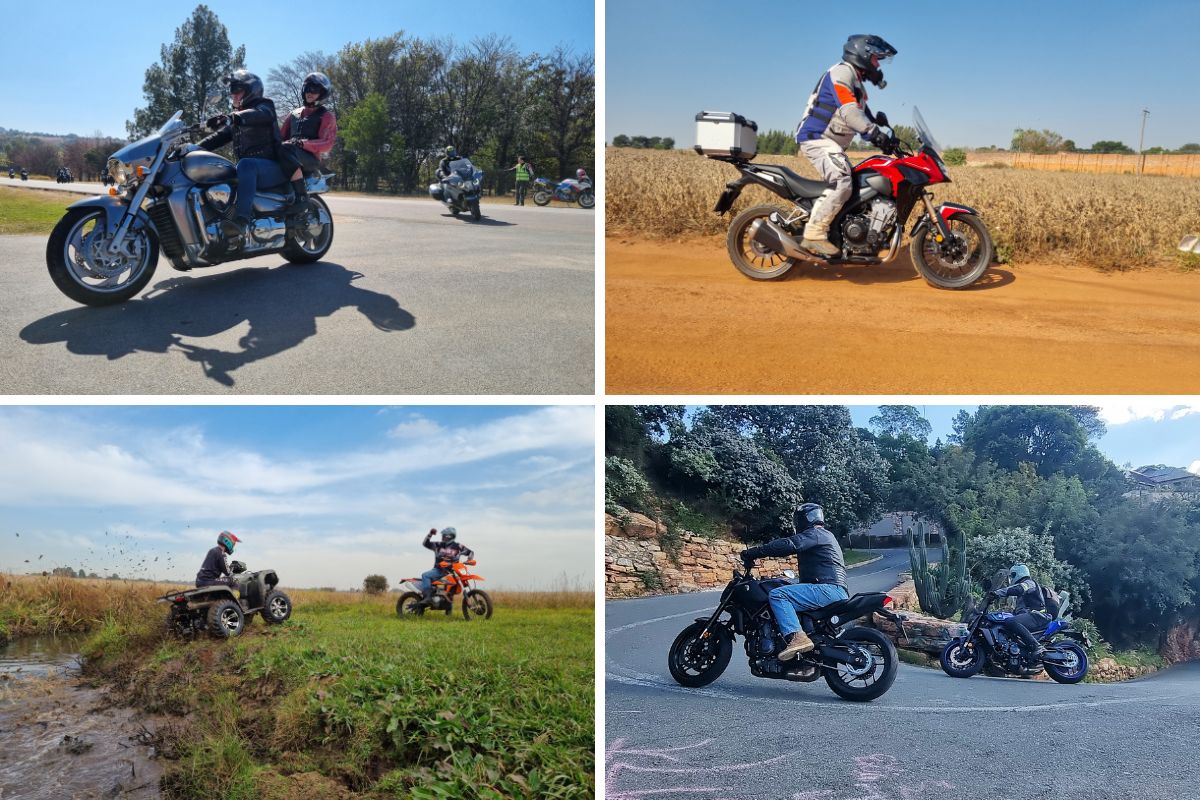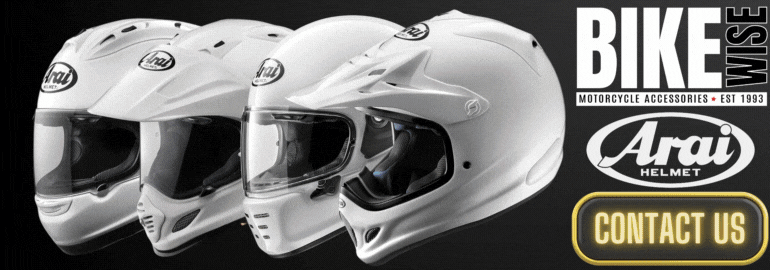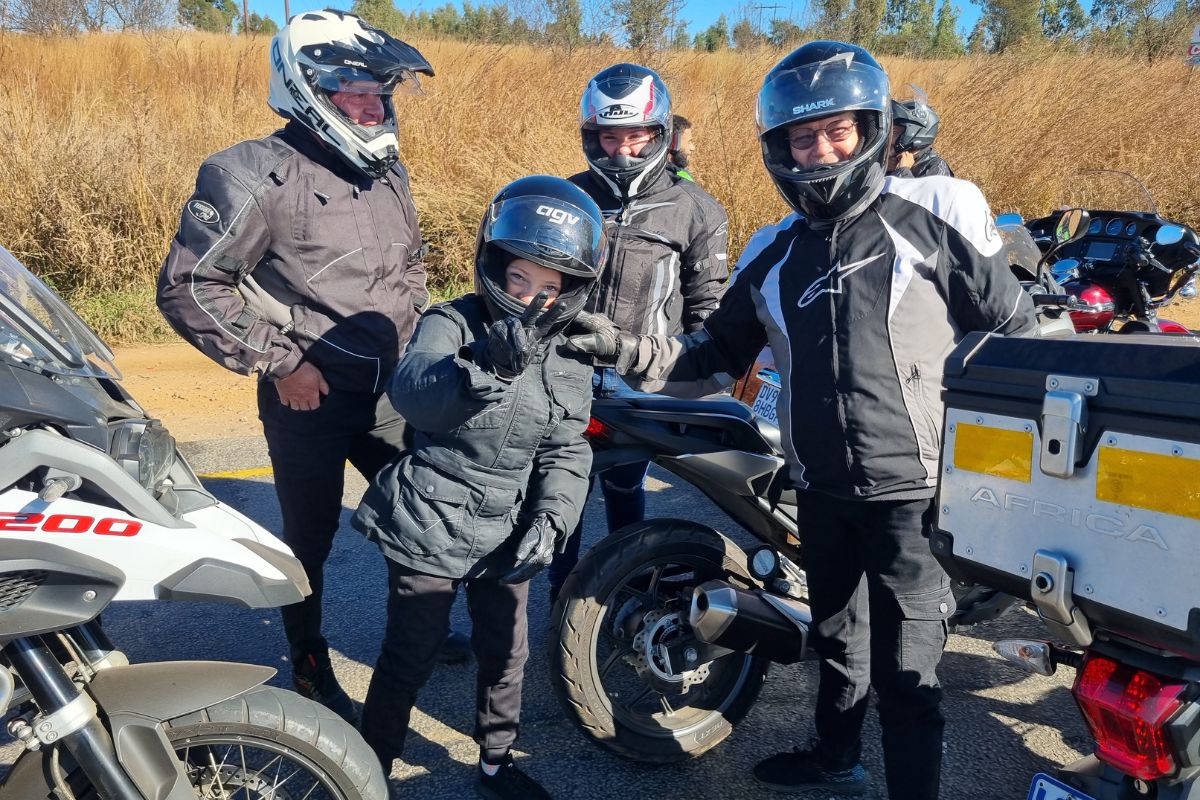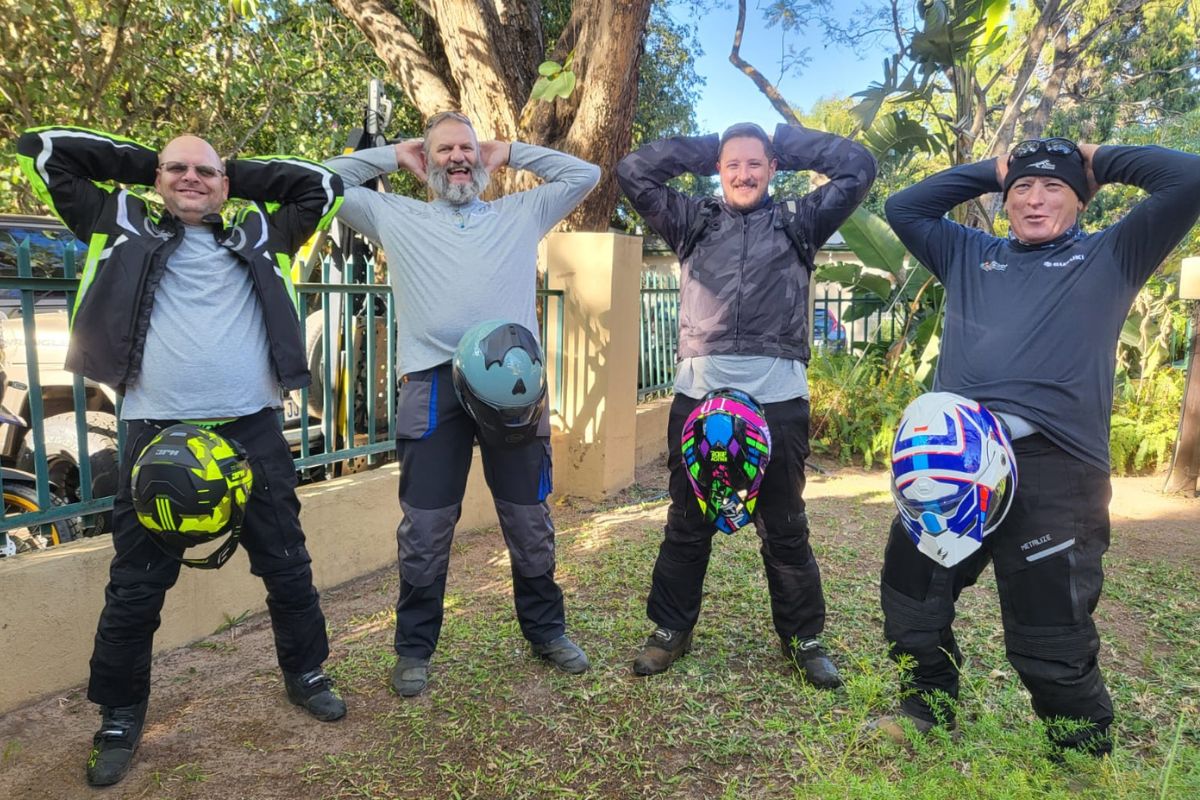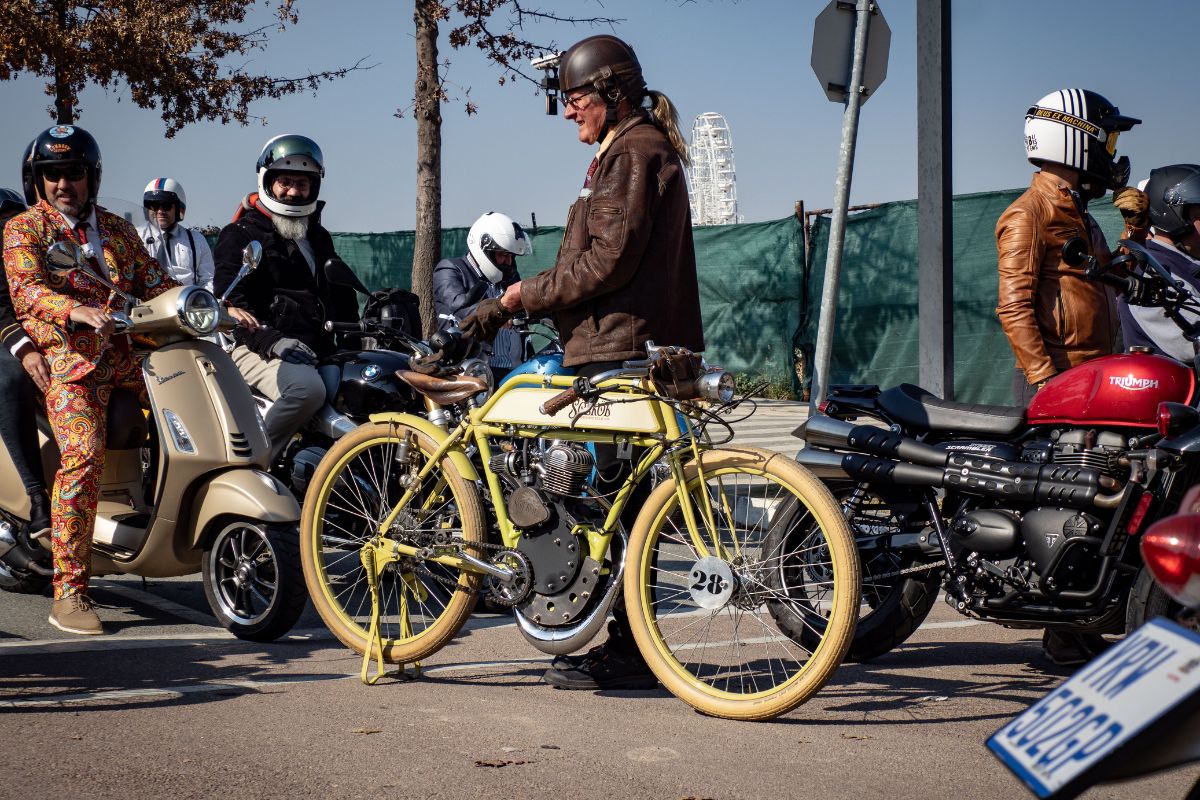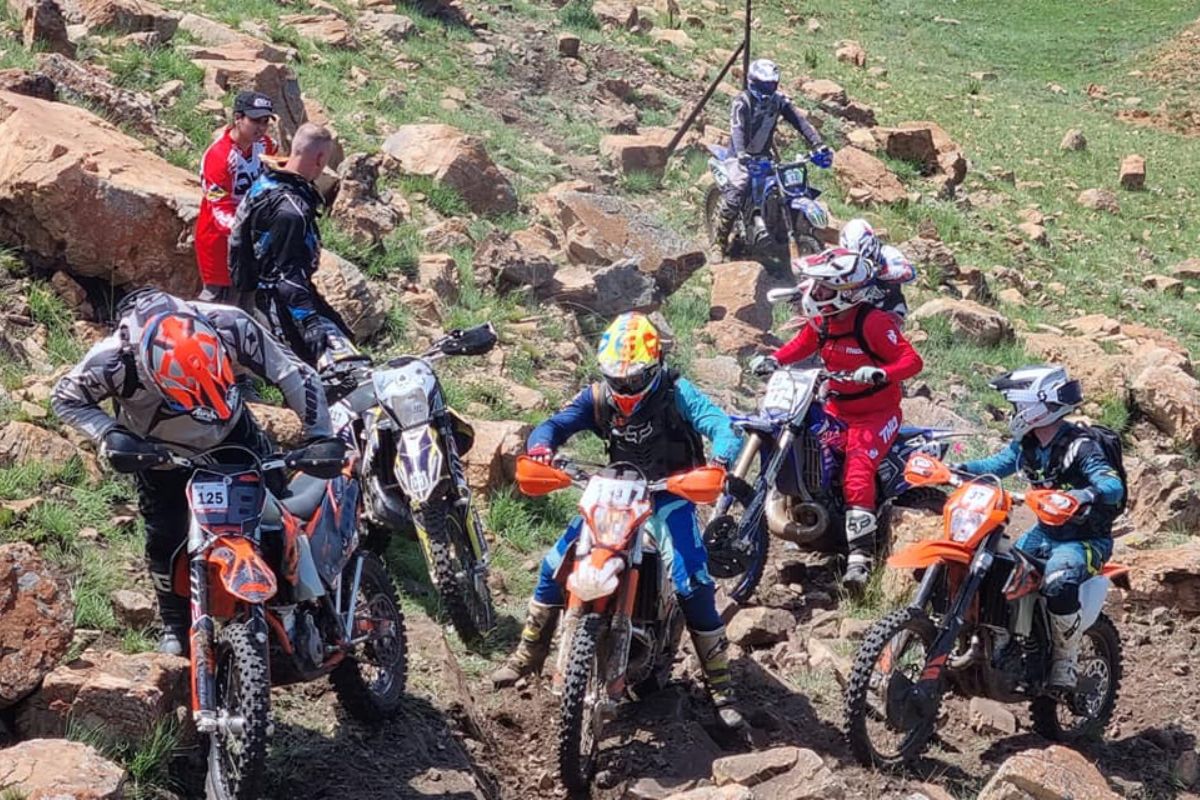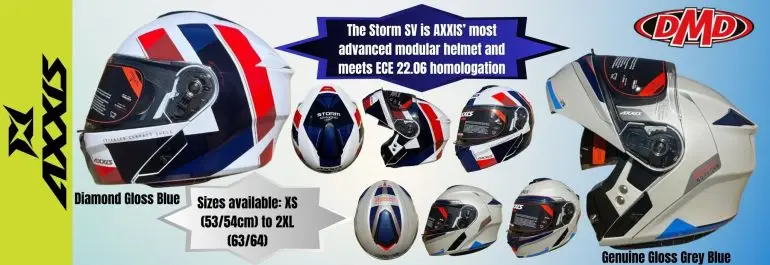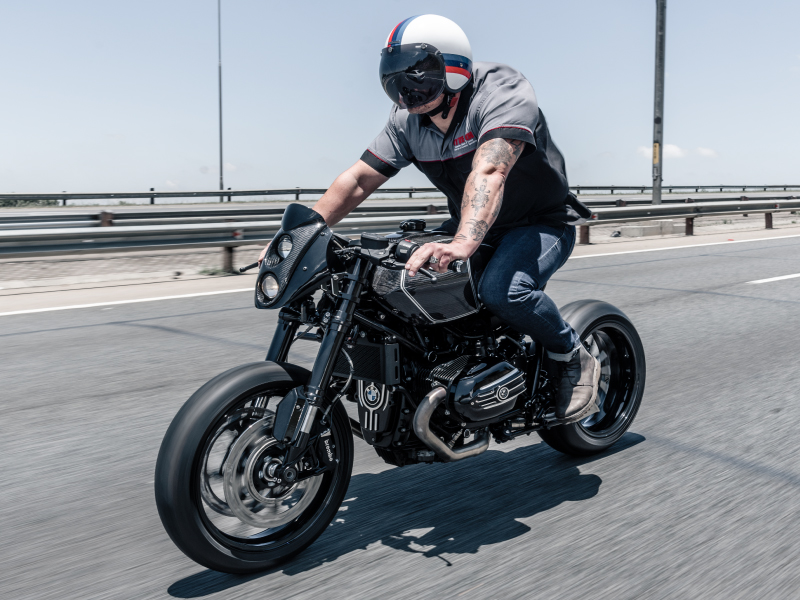Honestly, your helmet is the single most important piece of riding gear you own. It’s your only line of defence between your head and everything from tar to flying stones, bugs, debris, sandblasts from trucks, low-flying birds and even the occasional stompie or litter being chucked from a moving vehicle. With South Africa’s gnarly road conditions and dodgy traffic, you really don’t want to mess around when it comes to proper protection…. Especially when it comes to head and eye protection.
We learnt the hard way…
Recently, we did a review on a bike, and in the shoot, the test rider was wearing a well-known helmet brand procured from a major, reputable dealership. We didn’t think twice, it’s a well known name, right? Until a trusted industry mate called us out: “Hey guys, that lid’s not legal.” Huh? Turns out, he was spot on. A closer look revealed a label (in German, nogal) that actually stated: Not for use on public roads/not ECE certified. That’s a problem. A big one. The problem is, that a glance at the label draws your Eye to the ECE tab… so we assumed, and you know how it goes, assumption is the mother of all disasters.
By law, all helmets imported into SA have to meet or exceed certain standards.
So, what’s the legal deal?
In South Africa, ALL motorcycle helmets imported and sold must comply with the ECE 22.06 standard full stop. Actually, currently ECE 22-05. The helmet standard is in the process of being reviewed and the NEW standard will be 22-06. Most importers are now bringing in 22-06 which is more than acceptable as a “higher” standard is obviously acceptable, but within the same standard protocol – ECE – which is a United Nations standard. No loopholes, no “close enoughs”, no “But it’s a well-known brand” excuses. Before a helmet even hits the shelves, it needs to be homologated and approved by the NRCS (National Regulator for Compulsory Specifications). If it’s not, it’s illegal.
That means if you walk into a bike shop and buy a lid, and it hasn’t been cleared by the NRCS, the retailer is breaking the law. And here’s the scary part: you’re riding around with zero guarantee that the helmet will do what it’s supposed to do if the worst happens.
How does that even happen?
Good question. Either the importer isn’t doing the correct certification process through the NRCS, or worse, they’re trying to bring in helmets meant for novelty use or other regions and just quietly sticking them on shelves. Either way, that helmet should never have made it into the dealership, never mind into a customer’s hands.
What now?
If you’ve unknowingly bought a helmet like this, the first step is to take it back and demand answers. You’re fully within your rights to request a refund or exchange for an NRCS cleared helmet. Also, check for the ECE 22.05 or 06 marking. If it’s not there, don’t buy it. As for the importer or distributor? They need to own up and pull those lids from shelves immediately, work with NRCS to get compliant, and stop putting riders at risk just to move stock.
What must you look for when buying a helmet?
- ECE 22.05 or 06 certification, no compromises. This is the latest standard and has stricter testing than the older 22.05, which is also why the latest 22-06 helmets tend to weigh a bit more than the 22-05 ones. DOT alone is not acceptable, but a helmet can be both ECE22-05 and DOT.
- Fit and comfort – snug, but not headache inducing. If it moves when you shake your head, it’s too loose.
- Build quality, legit shells, proper EPS foam, sturdy vents, solid visors.
- Trusted brand from a trusted dealer.
At the end of the day, a helmet’s job is simple: save your life. So do your homework, ask questions, and never assume, because even the big names get cloned and sometimes slip through the cracks.
You have spent a lot of money to get your brain to where it is today. And if you think that investment is not worth protecting with the best helmet you can afford, consider how much money your brain will still earn for the rest of your working career. Then – think again.
It
‘s not just about lookig cool. Check your sticker, ask all the right questions and ride safe.

